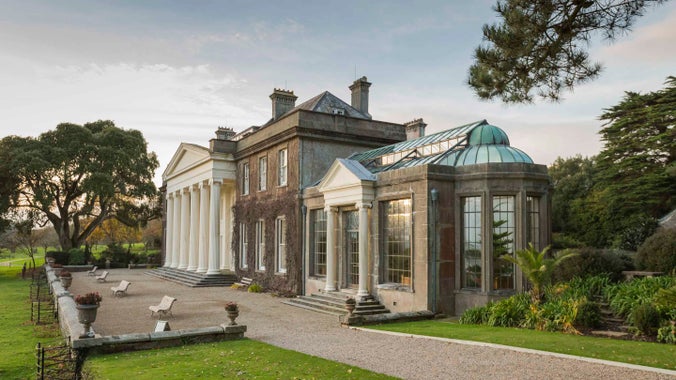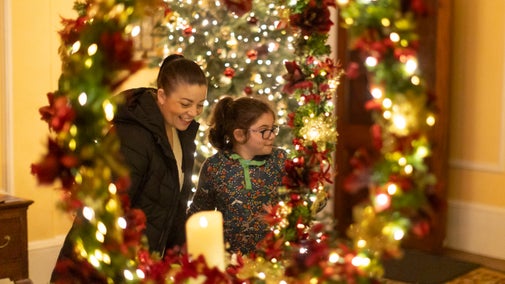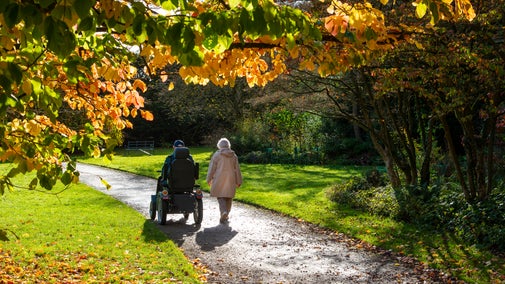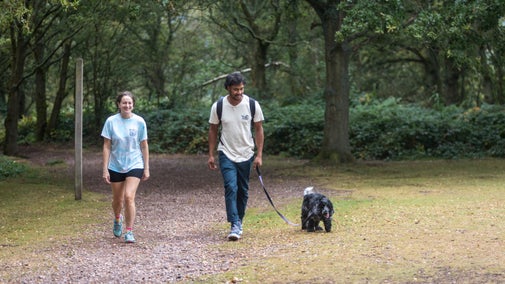
Become a member
Join today and help protect nature, beauty and history – for everyone, for ever. Enjoy access to more than 500 places with National Trust membership.
A welcoming house and garden set in an estate with stunning maritime views and lovely woodland walks.
Feock, near Truro, Cornwall, TR3 6QL

Find out more on how to spend a Cornish Christmas at Trelissick.

Discover the dog-friendly estate at Trelissick, with parkland, woodland, winding garden paths, shoreline and beach to explore. Trelissick is a two pawprint rated place.

Accessibility information to help you plan your visit to Trelissick. Find out about accessible parking, routes, facilities and resources including information on Tramper hire and mobility aids available.

Find out more about events at Trelissick including Christmas events and seasonal trails.

On this page you'll find all the information you need to book a group visit to Trelissick.

We hold the Good Journey Mark for welcoming car-free visitors. Travel a greener way and enjoy a 10% discount on your purchase of food or drink in the café. Plan your journey by ferry, train, bus, cycle or foot at Good Journey.

Take a look at the map of Trelissick to help plan your visit.
Not a member? If you're planning a trip to Cornwall this year, buy a National Trust Explorer Pass to enjoy unlimited entry to Trelissick along with most of the other places in our care. With 4, 8 and 14-day options available, the pass can be tailored to fit your trip. Discover where you can visit with the Explorer Pass and how to buy yours.


Join today and help protect nature, beauty and history – for everyone, for ever. Enjoy access to more than 500 places with National Trust membership.